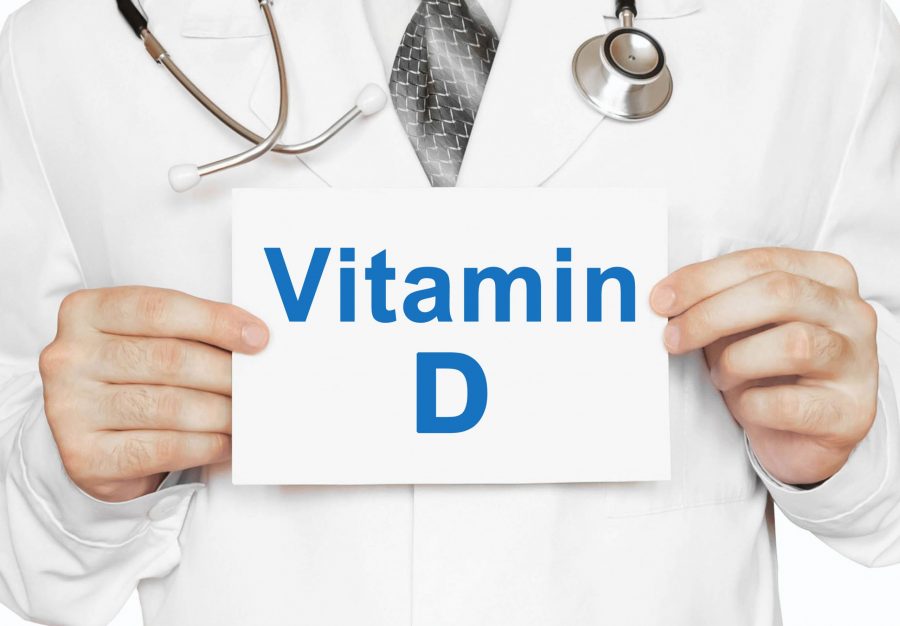Vitamin D is a vitamin that helps with the regulation of calcium and phosphate in the body. The nutrients are needed to keep bones, teeth and muscles healthy.
Which foods can vitamin D be found in?
Vitamin D is a vitamin that has a role of helping with the regulation of calcium and phosphate in the body. These nutrients are needed to keep bones and muscles healthy. Which foods can vitamin D be found in? Vitamin D can usually be found in foods like oily fish. For example, it can be found in salmon and sardines. It is also found in red meat, liver, egg yolks and fat spreads. A few ways that vegetarians and vegans can get a healthy amount of vitamin D would be being out in the sun, vitamin D supplements and mushrooms. It can also be found in milk but it is not generally a good source of vitamin D as it is not fortified.
What are the symptoms and potential life-threatening conditions if someone has a vitamin D deficiency?
If someone has a deficiency of vitamin D, some symptoms include fatigue (tiredness), bone pain, muscle weakness, muscle aches, muscle cramps and mood changes. It can also lead to rickets in children, which is a bone deformity and can cause bone pain in adults.
What are the health implications of having too much vitamin D?
However, if someone has too much vitamin D, they would have heightened blood levels and elevated blood calcium levels (which could result in vomiting, nausea, stomach pain, fatigue, dizziness, confusion, excessive thirst and frequent urination). Another symptom of a vitamin D overdosage would be a poor appetite. In addition, constipation can also be experienced if someone was to overdose on vitamin D. Furthermore, bone loss and kidney failure can be a symptom of overdosing on vitamin D.
What are the side effects of the vitamin?
Side effects are uncommon, but they can include kidney stones, confusion, muscle weakness, bone pain and weight loss. They can also include extreme thirst (which leads to frequent urination), constipation and fatigue.
What is the optimal dosage of vitamin D for children and adults?
The optimal dosage of vitamin D for babies from birth to a year of age should be a daily supplement of eight and a half to ten micrograms of vitamin D. However, babies fed with formula should only be given about a pint of infant formula is fortified with vitamin D. Children from a year old to four years old must be given a daily supplement of ten micrograms of vitamin D. For people over the age of five, vitamin D is accessible through the foods mentioned above, and is also available by being out in the sun. Between late March and early April to late September, many people can get all the vitamin D that they need via sunlight on their skin and from a balanced diet. However, it is optional for people to take a vitamin D supplement.
Is it possible to overdose on vitamin D through exposure to sunlight?
In addition, it is impossible to overdose on vitamin D through exposure to sunlight. On the other hand, excessive exposure to sunlight on skin can lead to skin damage and/or skin cancer. As a result, it is beneficial for people to protect their skin if they are relying on the sun on sunny days for a dose of vitamin D.


